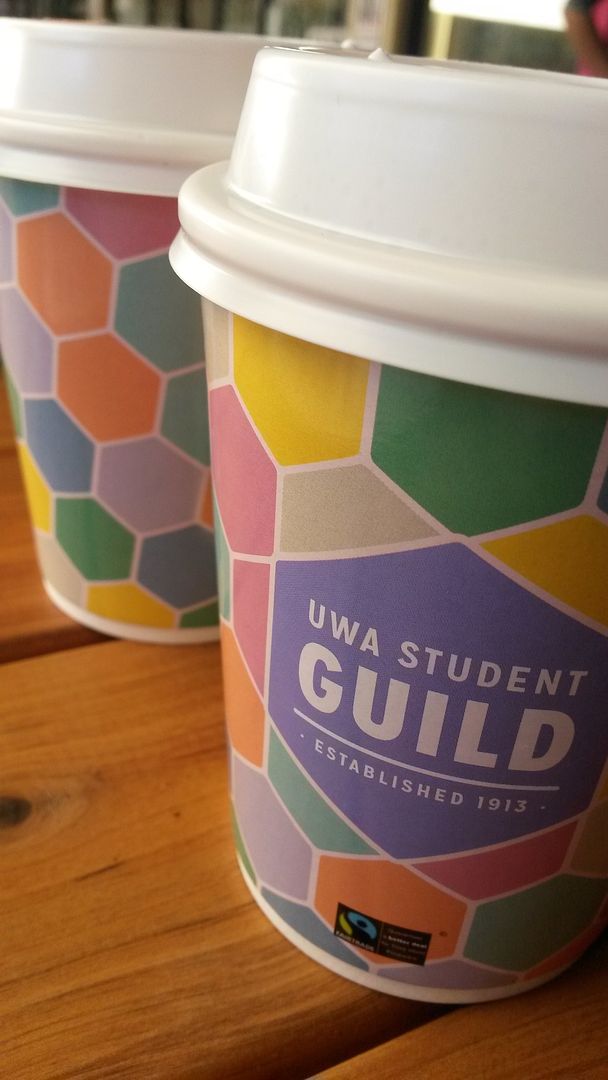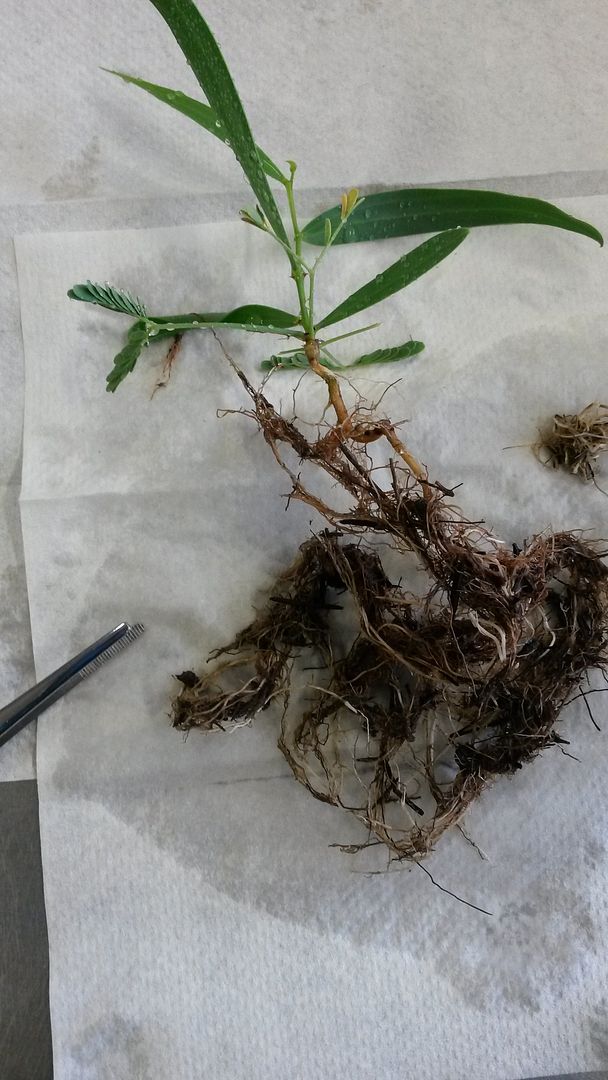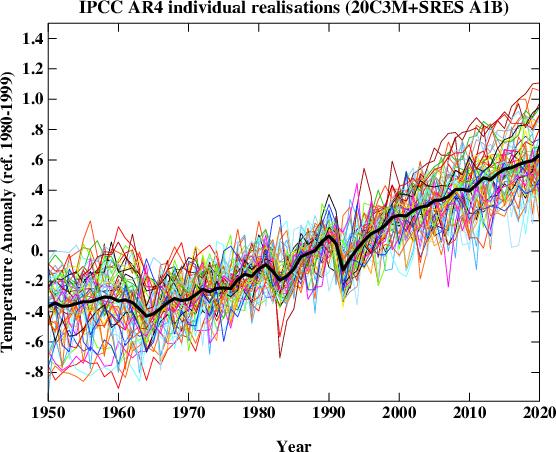Apologies for not keeping up with this blog as often as I'd like!
Unlike most high schools and universities in WA, my uni's midsem break only lasts a week.
So while everyone is still out partying, we UWA students are already back to that all-so-familiar lecture theatre and dodgy tutorial rooms.
It's quite common to hear students telling you they use their midsem breaks to catch up on lectures and assignments.
And they do mean it, really.
But something always gets in the way. Namely, procrastination.
Or in this semester's case, episode leaks of the fifth season of Game of Thrones.
And it isn't surprising how spending 5 hours watching those episodes can escalate to spending an entire week binge-watching on Netflix!
Fortunately for me, I have not fell into the dark, inescapable world of TV-shows.
Don't get me wrong. I get hooked to things really easily.
But as long as I stay away from them, I should be relatively safe. Right? RIGHT!?
People might say I'm missing out but I'm not.
A perk of being hooked to things easily is that I'm also easily entertained.
YES, I admit I liked writing up my paper for a bunch of plants competing for nutrients!
As a result, midsem breaks usually find me in the library at uni. Churning away on a computer.
Although it has never happened to me yet, I think people around me are somewhat irritated by my keyboarding ethics (I type really loudly).
Fortunately for all library-goers, I wasn't at the uni library (much) this semester.
Earlier this year/late last year, I had decided to become more active and not type so much.
And that's how I got into volunteering TONS, all of which coincided with my break.
Somehow, I had the 'brilliant' idea to do volunteering work by day and work on assignments by night.
Well, you'll be happy to know that, just like 80% of uni students, assignments were neglected throughout the break!
Having the long Easter weekend prior to the break was also...not-so-ideal, because all public libraries were closed.
But by the end of the week, I might've been completely exhausted, with assignments still stacked in front of me; but it was some really great experience and I'm really appreciative of it.
tl;dr I'm happy because I procrastinated by volunteering.
Over the course of the week, I was at the citizen science project office, MicroBlitz.
Helping my manager send out loads of kits to MicroBlitzers (you should sign up too!).
I managed to eavesdrop on the agendas my manager was working on, which is great if I ever wanted to become more involved with the project.
The next day, I joined a bunch of other volunteers to do some building sustainability audits with Sustainable Energy Now.
A big reason why I did this was because environmental consultancy firms handle lots of these 'audits'.
I just had to find out for myself what these things were.
Auditing was pretty mundane but people tend to find ways to keep themselves entertained.
For me, it was spotting cool features in the faculty offices, getting myself acquainted with the building's architecture AND having a glimpse at the different offices our academics have.
I was definitely not disappointed with that last part.
Every room was different. And I'd say it reflects the occupant really well.
One of the room was full of books with only a single trail leading to their desk (also filled with books).
We also got academics with clothes, weird-smelling rooms, coffee machines (a big NO for energy efficiency, people!) and vintage clock collections (don't ask).
Having to go door-to-door asking academics if we could audit their rooms also gave me a different vibe.
I wasn't going in as a student begging for more marks on an assignment.
Maybe it's the way we communicated. But somehow, I felt like we were a bit more like equals in that situation.
Plus, we got free pizza and fair-trade dark chocolates.
On Thursday and Friday, I did some hands-on work with a PhD student from the School of Plant Biology.
His name's Kenny and he's doing research on plant-soil interactions, with a particular focus on nitrogen-fixing plants.
It sounds cool and all, but I didn't really get to do much.
A key thing to do in mind while doing research is that things are incredibly repetitive.
My job was to unload plants from their pots, wash the soil away, then remove the finer organic material (debris, twigs etc) from the roots.
And mind you, those are some really tangled up roots.
A single plant could take up to 30 minutes, depending on the soil conditions and species.
For two whole days, I've basically stuck to removing stuff from the roots.
It really hurts my eyes and my fingers get really tired from holding forceps all day long.
I think that might've been the closest I've ever been to experiencing Repetitive Strain Injury.
Don't try it!
But Kenny's great and really easy to talk to (I'm not, because I'm too busy trying not to screw up).
I got some really good tips and insight into the world of research.
Hopefully, all this networking will end up with doing some real lab-work, with fancy gizmos and whatnot.
Then again, even fancy gizmos get boring when you have to repeat a process a hundred times!
I think that sums up what I did over the break.
I still remember what I was doing exactly a year from now.
My whole break was spent at the library writing up two papers.
I guess as you go through uni, you learn how to do your work more efficiently, like on the night before its due.
Because that's me right now! Like I said before, I was still facing piles of assignments at the end of the break.
Go me!
But totally no regrets.
It was great not being looked up in a library trying to vomit words for my reports.
Listening to The Days - Fast Forward Music (cover)
Unlike most high schools and universities in WA, my uni's midsem break only lasts a week.
So while everyone is still out partying, we UWA students are already back to that all-so-familiar lecture theatre and dodgy tutorial rooms.
It's quite common to hear students telling you they use their midsem breaks to catch up on lectures and assignments.
And they do mean it, really.
But something always gets in the way. Namely, procrastination.
Or in this semester's case, episode leaks of the fifth season of Game of Thrones.
And it isn't surprising how spending 5 hours watching those episodes can escalate to spending an entire week binge-watching on Netflix!
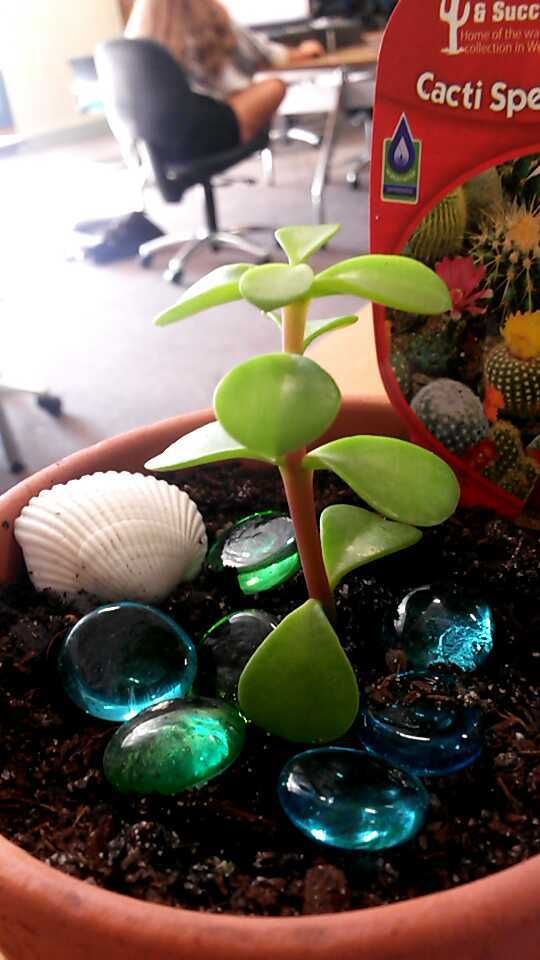 |
| Figure 1. A cute little succulent plant I got from this year's EnviroFest. I've always wanted a rock as a pet, but this is so much better. Its low-maintanence AND alive. Those blue and green gems are also irresistible! I keep it in my room now and water it weekly (because I'm just that |
Fortunately for me, I have not fell into the dark, inescapable world of TV-shows.
Don't get me wrong. I get hooked to things really easily.
But as long as I stay away from them, I should be relatively safe. Right? RIGHT!?
People might say I'm missing out but I'm not.
A perk of being hooked to things easily is that I'm also easily entertained.
YES, I admit I liked writing up my paper for a bunch of plants competing for nutrients!
As a result, midsem breaks usually find me in the library at uni. Churning away on a computer.
Although it has never happened to me yet, I think people around me are somewhat irritated by my keyboarding ethics (I type really loudly).
Fortunately for all library-goers, I wasn't at the uni library (much) this semester.
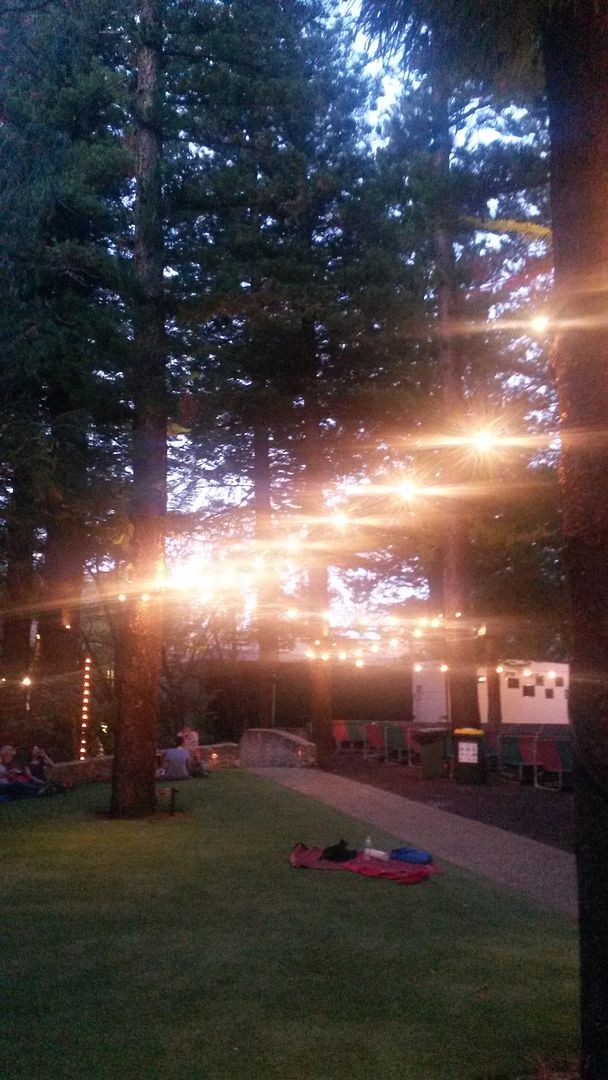 |
| Figure 2. Over the Easter weekend, I also went for a film at my uni's open cinema, Somerville Auditorium. The auditorium looked great; lighted up bright and surrounded by tall trees. And the pizza they sold was to die for! It was my second time watching a film there. The films were curated as part of the Perth International Arts Festival. My friend wanted to catch a German film called 'Phoenix'. |
Earlier this year/late last year, I had decided to become more active and not type so much.
And that's how I got into volunteering TONS, all of which coincided with my break.
Somehow, I had the 'brilliant' idea to do volunteering work by day and work on assignments by night.
Well, you'll be happy to know that, just like 80% of uni students, assignments were neglected throughout the break!
Having the long Easter weekend prior to the break was also...not-so-ideal, because all public libraries were closed.
But by the end of the week, I might've been completely exhausted, with assignments still stacked in front of me; but it was some really great experience and I'm really appreciative of it.
tl;dr I'm happy because I procrastinated by volunteering.
Over the course of the week, I was at the citizen science project office, MicroBlitz.
Helping my manager send out loads of kits to MicroBlitzers (you should sign up too!).
I managed to eavesdrop on the agendas my manager was working on, which is great if I ever wanted to become more involved with the project.
 |
| Figure 4. A few weeks ago, MicroBlitz made an appearance at the local Caravan and Camping Show. Of course, I was there to volunteer a bit of my time over the weekend. Unfortunately, we didn't get a very good spot. But still, no one could escape our trademark 'lure them in with lollies' trick (which is what Australian call gummy candy. Weird...). Doing outreach work like these might eventually help me develop some better communication skills. Plus, it's a great opportunity to get to know some of the other volunteers. |
The next day, I joined a bunch of other volunteers to do some building sustainability audits with Sustainable Energy Now.
A big reason why I did this was because environmental consultancy firms handle lots of these 'audits'.
I just had to find out for myself what these things were.
Auditing was pretty mundane but people tend to find ways to keep themselves entertained.
For me, it was spotting cool features in the faculty offices, getting myself acquainted with the building's architecture AND having a glimpse at the different offices our academics have.
I was definitely not disappointed with that last part.
Every room was different. And I'd say it reflects the occupant really well.
One of the room was full of books with only a single trail leading to their desk (also filled with books).
We also got academics with clothes, weird-smelling rooms, coffee machines (a big NO for energy efficiency, people!) and vintage clock collections (don't ask).
Having to go door-to-door asking academics if we could audit their rooms also gave me a different vibe.
I wasn't going in as a student begging for more marks on an assignment.
Maybe it's the way we communicated. But somehow, I felt like we were a bit more like equals in that situation.
Plus, we got free pizza and fair-trade dark chocolates.
On Thursday and Friday, I did some hands-on work with a PhD student from the School of Plant Biology.
His name's Kenny and he's doing research on plant-soil interactions, with a particular focus on nitrogen-fixing plants.
It sounds cool and all, but I didn't really get to do much.
A key thing to do in mind while doing research is that things are incredibly repetitive.
My job was to unload plants from their pots, wash the soil away, then remove the finer organic material (debris, twigs etc) from the roots.
And mind you, those are some really tangled up roots.
A single plant could take up to 30 minutes, depending on the soil conditions and species.
For two whole days, I've basically stuck to removing stuff from the roots.
It really hurts my eyes and my fingers get really tired from holding forceps all day long.
I think that might've been the closest I've ever been to experiencing Repetitive Strain Injury.
Don't try it!
But Kenny's great and really easy to talk to (I'm not, because I'm too busy trying not to screw up).
I got some really good tips and insight into the world of research.
Hopefully, all this networking will end up with doing some real lab-work, with fancy gizmos and whatnot.
Then again, even fancy gizmos get boring when you have to repeat a process a hundred times!
I think that sums up what I did over the break.
I still remember what I was doing exactly a year from now.
My whole break was spent at the library writing up two papers.
I guess as you go through uni, you learn how to do your work more efficiently, like on the night before its due.
Because that's me right now! Like I said before, I was still facing piles of assignments at the end of the break.
Go me!
But totally no regrets.
It was great not being looked up in a library trying to vomit words for my reports.
Listening to The Days - Fast Forward Music (cover)
Back to school,
TK
